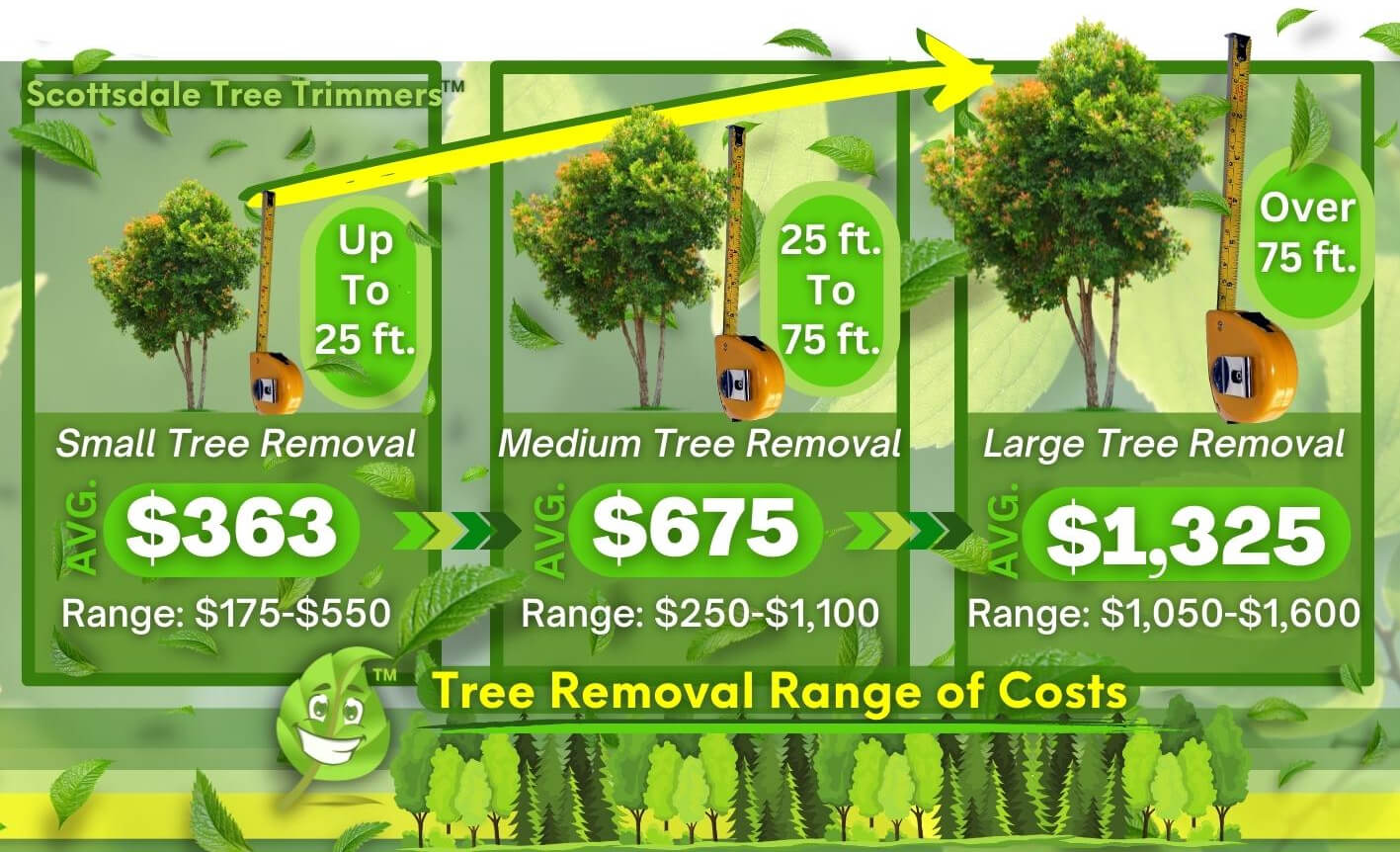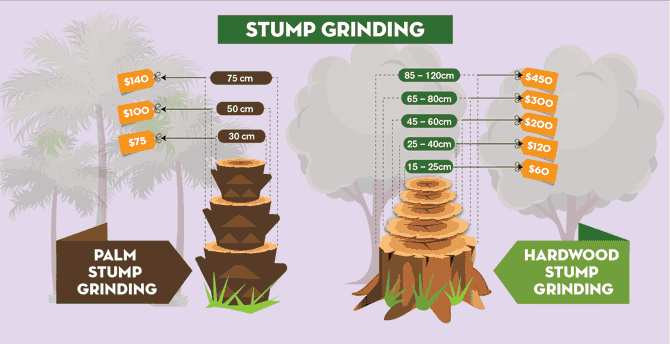Featured
Table of Contents
- – Typical Tree Service Costs In New Providence, NJ
- – Cost Comparison: Tree Clearing In New Providen...
- – Top Tree Removal Reviews In New Providence, NJ
- – New Providence, NJ Arborist Upgrade Costs
- – What Affects Tree Trimming Costs In New Provi...
- – Competitive Stump Removal Prices In New Provi...
- – New Providence, NJ Stump Grinding Estimates: ...
- – New Providence, NJ Tree Cutting Price Estima...
- – New Providence, NJ Arborist Upgrade Costs
- – Top 3 Ways To Save On Tree Removal In New Pr...
- – New Providence, NJ Tree Removal Success Stor...
- – Decoding Tree Trimming Estimates In New Prov...
- – Automated Tree Service Costs In New Providen...
- – Independent vs Chain Tree Cutting Costs In N...
- – New Providence, NJ Tree Removal Uninstall Co...

The subsections listed below offer more in-depth details about prices, including an average range for each. TypeAverage Elimination CostPineConiferPalmMagnoliaArborvitaeAshCedarSweet GumEucalyptusSycamoreCypressOakMaplePoplar You can expect to pay in between to remove a pine, depending upon its size. Eliminating a pine is among the more affordable jobs unless it is one that has been around for years and is rather big.
Typical Tree Service Costs In New Providence, NJ
Pines also have a tap root that grows deep into the soil, which can show to be more difficult to get rid of. The procedure itself includes a professional cutting the tree, clearing the base, cutting the surface area roots, getting rid of the stump, and lastly treating the soil. Without a professional hand, you run the risk of leaving pine seedlings behind, which will fall from the roots of distressed pines.
Cost Comparison: Tree Clearing In New Providence, NJ
The U.S. national average for conifer removal is approximately to have the conifer lowered, hauled away, and the stump ground or removed totally. Conifers are usually much easier to get rid of, and even though they can grow quite tall, they do not cost a fortune to remove. Conifers include pine, spruce, fir, and juniper trees.
Top Tree Removal Reviews In New Providence, NJ
While conifers are lovely, they kill native plants and certain types of turf. This is because they need a lot of water and nutrients to survive, so they leach it off surrounding plants. They likewise have an extensive network of roots, which can impact your home's foundation. The average rate of palm elimination depends on the height as much as the type, ranging from.
New Providence, NJ Arborist Upgrade Costs
That is why it is very important to understand which type you are eliminating. While you do not need an herbicide to kill a palm tree, there are some steps your elimination professional will need to require to ensure the job is done properly. There are 2 methods they can eliminate them: by chopping them down or digging them up.
What Affects Tree Trimming Costs In New Providence, NJ
From there, they eliminate the real tree and then the stump. Expect to pay between to eliminate this type of tree, depending on the precise size and information of the job.
Competitive Stump Removal Prices In New Providence, NJ
There are 3 types: green, white, and black ash. White ash is understood for its many colors. With its gray-tinged bark, its leaves are green or purple in the spring and golden yellow or purplish-red in the fall. They take pleasure in moderate climates and great deals of sun. The green ash is called such due to its green or yellow foliage.
New Providence, NJ Stump Grinding Estimates: What To Expect

However, the bark is softer, and it blooms later on in the year. Due to the variation in height, the elimination rate variance is wide from. A coniferous, evergreen tree, the cedar is a durable types. True cedars delight in greater elevations, primarily in the Himalayas and the Mediterranean. A true cedar can grow as high as 160 feet in height and is frequently planted in the United States as a landscape choice.
New Providence, NJ Tree Cutting Price Estimate For Homeowners
The growth of incorrect cedars differs from 50 feet up to 230 feet high. With star-shaped leaves and spectacular fall colors, the sweet gum is thought about a medium to large tree.
New Providence, NJ Arborist Upgrade Costs
Usually, it costs in between to remove a eucalyptus. Eucalyptus are not typical all over, but they are quite large compared to others, which is why even the smaller ones are so costly to remove.
Top 3 Ways To Save On Tree Removal In New Providence, NJ
There are a handful of ways to do this, including burning, pulling, grinding, or killing them with herbicide. Expect to pay between to eliminate sycamores, based on the height, trunk size, and quantity of work included. Sycamores are among the largest wood trees, generally ranging from 60 to 100 feet tall and as large as 15 feet.
New Providence, NJ Tree Removal Success Stories: Costs
The first 2 actions will expose the insides of the tree and cut off the circulation of nutrients up the trunk. From there, a professional uses herbicide to eliminate the tree and cuts down the trunk.
Decoding Tree Trimming Estimates In New Providence, NJ
There are various kinds of Cypress trees, however the most prevalent are the Leyland, Arizona, Bald, and Italian. The Bald Cypress grows in swampy or extremely wet locations while the others take pleasure in a dry, warm, or hot climate (tree cutting). They can grow as tall as 80 to 100 feet tall
Automated Tree Service Costs In New Providence, NJ

Prone to illness, the Cypress is among the most prized woods for furniture. The average oak grows to around 60 feet, and depending upon the complexity of the removal, it costs approximately to get rid of. The precise size of your oak and the effort needed to fell it affect what you will actually pay for removal along with any extra services like stump grinding.
Independent vs Chain Tree Cutting Costs In New Providence, NJ
Access to the trees and the roots will likewise impact the general cost. Maples can easily mature to 100 feet or more and usually cost in between to remove from your residential or commercial property. The final rate depends upon the actual height and intricacy of the task. Maples are typically amongst the more expensive trees to get rid of since of their size and the work involved in the removal.
New Providence, NJ Tree Removal Uninstall Costs
Poplars are giants of the types. Growing as high as 90 to 115 feet, these massive lumbers are generally discovered in The United States and Canada and consist of the aspen, cottonwood, and balsam trees. Boasting an expansive root system, poplars can be expensive to remove when fully grown. The procedure to get rid of trees involves all the trimming and cutting of the branches and trunk, bringing it down to a stump.
Table of Contents
- – Typical Tree Service Costs In New Providence, NJ
- – Cost Comparison: Tree Clearing In New Providen...
- – Top Tree Removal Reviews In New Providence, NJ
- – New Providence, NJ Arborist Upgrade Costs
- – What Affects Tree Trimming Costs In New Provi...
- – Competitive Stump Removal Prices In New Provi...
- – New Providence, NJ Stump Grinding Estimates: ...
- – New Providence, NJ Tree Cutting Price Estima...
- – New Providence, NJ Arborist Upgrade Costs
- – Top 3 Ways To Save On Tree Removal In New Pr...
- – New Providence, NJ Tree Removal Success Stor...
- – Decoding Tree Trimming Estimates In New Prov...
- – Automated Tree Service Costs In New Providen...
- – Independent vs Chain Tree Cutting Costs In N...
- – New Providence, NJ Tree Removal Uninstall Co...
Latest Posts
Viola, NY Stump Removal: What Customers Say
Upfront Tree Cutting Costs In New Providence, NJ: No Hidden Fees
Bostonia, CA Tree Trimming Warning Signs: Pricing Edition
More
Latest Posts
Viola, NY Stump Removal: What Customers Say
Upfront Tree Cutting Costs In New Providence, NJ: No Hidden Fees
Bostonia, CA Tree Trimming Warning Signs: Pricing Edition